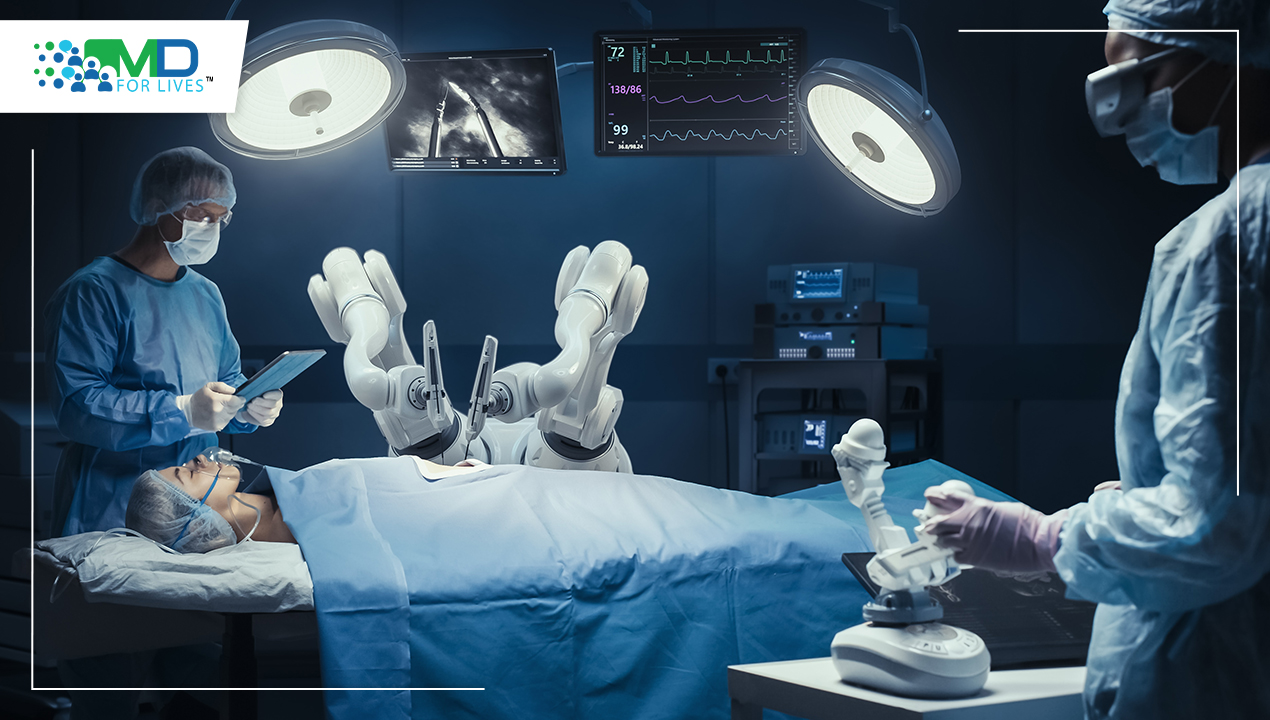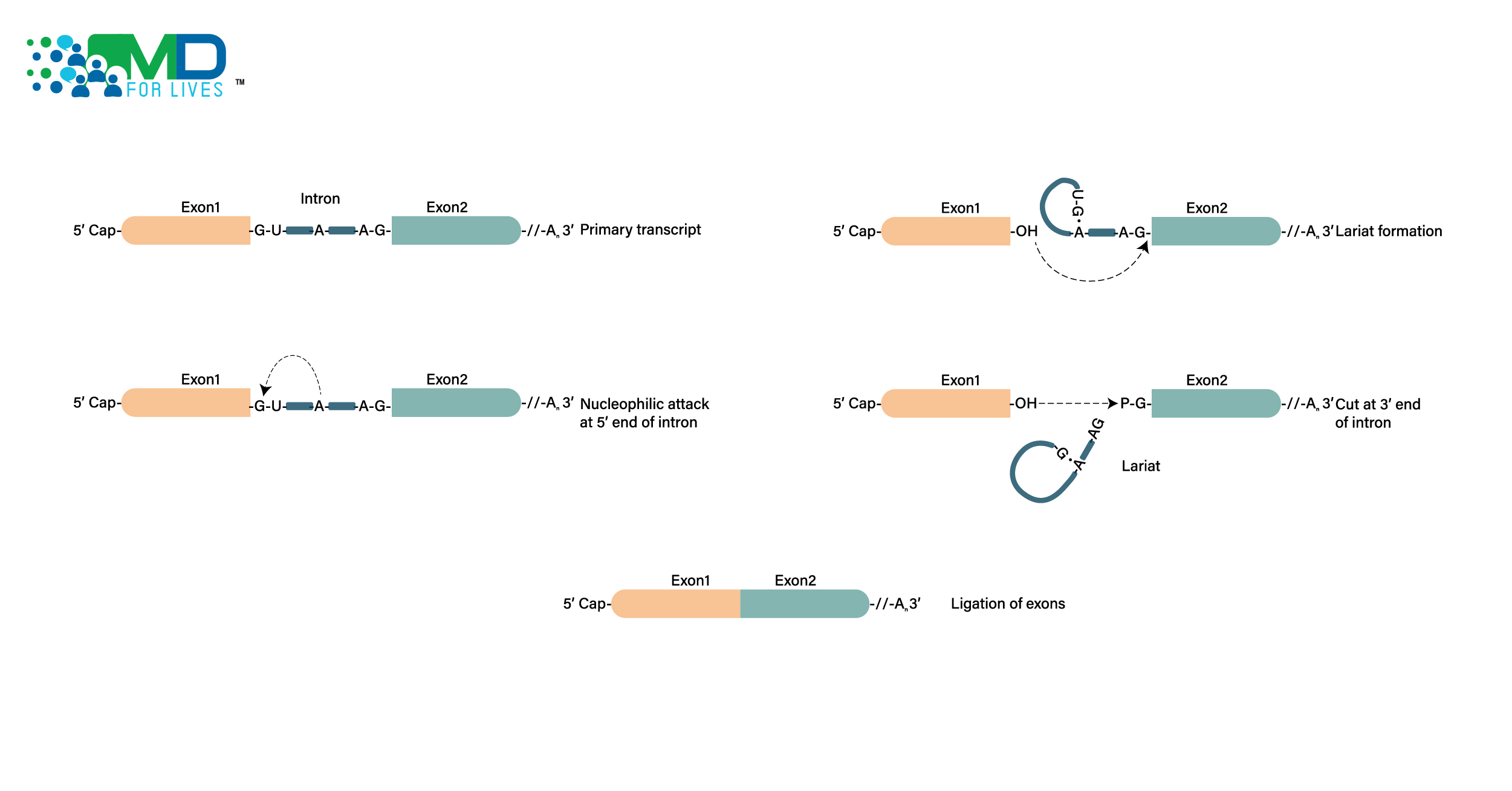From Sophia, the social humanoid robot, to Pepper, the semi-humanoid companion, technological advancements are propelling us towards a future where rapid progress and achievements will be largely attributed to robots! Robotics is rapidly taking over the world, revolutionizing various industries and aspects of our lives. One such industry that has embraced the use of robotics is none other than the healthcare sector. The utilization of robotics in surgery is not a recent development. Skilled surgeons now operate surgical robots with exceptional precision, leading to minimal scarring and accelerated patient recoveries. This remarkable evolution has been ongoing for some time, redefining healthcare practices.
Keep reading this blog to explore the fascinating world of robotics in the operating room and know how it’s empowering physicians to provide cutting-edge healthcare!
Robotics in Surgery – Revolutionizing the Healthcare Sector!
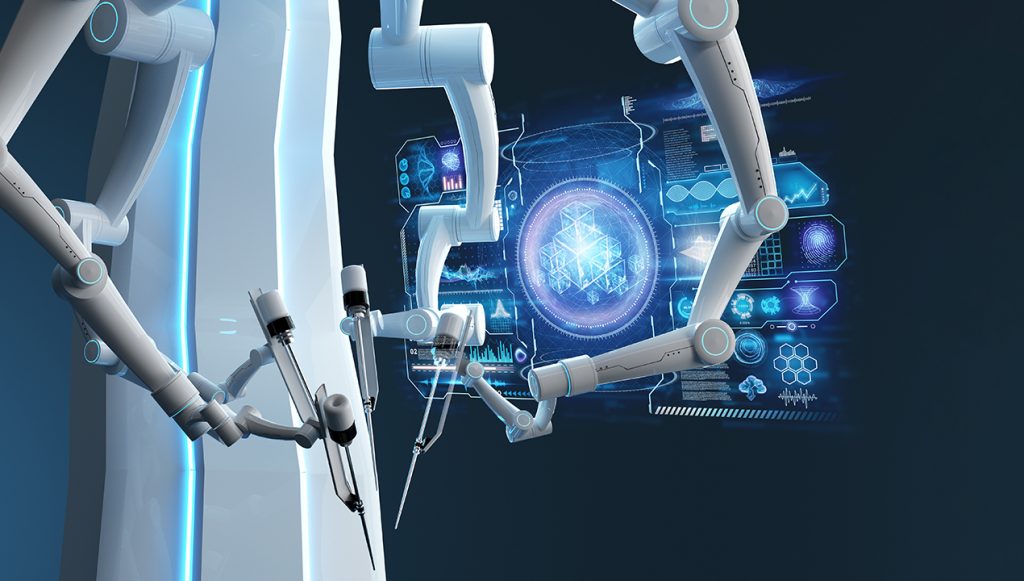
You might have heard of the Da Vinci Surgical System – one of the shining stars in the world of robot-assisted surgery. It boasts robotic arms equipped with surgical instruments and a high-definition 3D camera. The surgeon sits at a console, steering these robotic limbs with unmatched precision, while the system provides a magnified, three-dimensional view of the surgical field. According to the National Library of Medicine, the global count for robotic surgery using Intuitive Surgical Da Vinci robots has exceeded 11 million in the year 2023, with over 7500 platforms installed worldwide!
But, are you aware that beyond the well-known Da Vinci Surgical System, there is a dynamic landscape of robotic technologies that are shaping healthcare in remarkable ways.
Here are some pioneering examples of how surgical robots are transforming specialized fields within the medical domain:
Tiny R2D2 for Eye Surgery
Miniature surgical robots are revolutionizing the field of ophthalmology. The first successful robotic eye surgery was conducted at John Radcliffe Hospital, Oxford, London, under the leadership of Professor Robert MacLaren, an ophthalmologist and Oxford University professor. The procedure was done with the help of Robotic Retinal Dissection Device (R2D2), crafted by Preceyes BV, a Dutch medical robotics company founded by the University of Eindhoven.
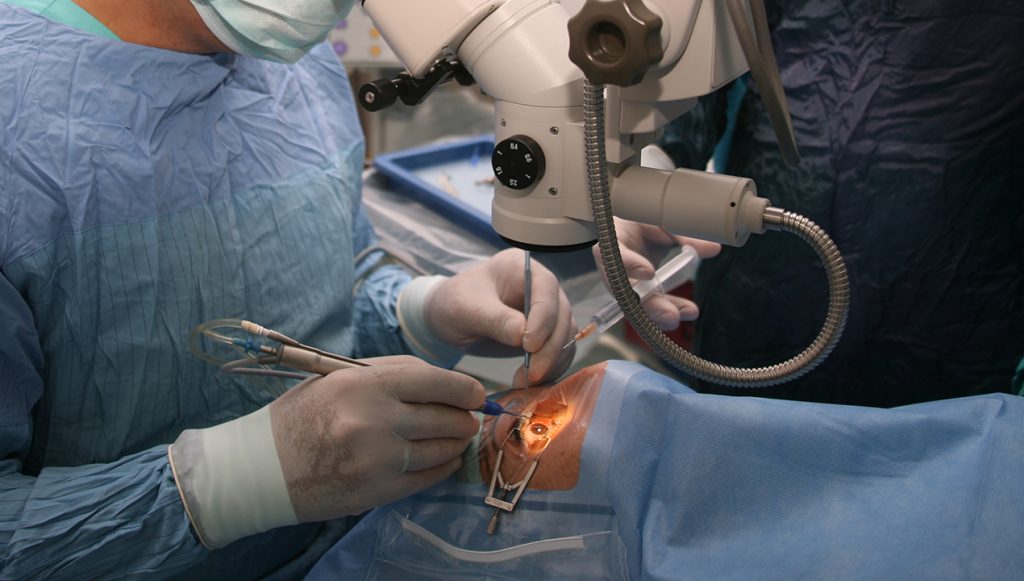
Do you know what’s surprising about R2D2? It works through just one hole in your eye, smoothly moving in and out while making incisions, even when the eye is rotating.
Spine Surgery with Mazor X
The Mazor X robot is transforming spinal surgery. It assists surgeons in planning and executing complex spinal procedures with unparalleled precision. By creating a detailed 3D map of the spine, it allows for pinpoint accuracy when placing screws and implants, reducing the risk of nerve damage and improving patient outcomes.
Mazor X robotics in surgery is used for addressing a wide range of spine-related issues such as:
- Spinal fractures
- Degenerative spine conditions
- Spinal deformities
- Spinal fusion procedures
- Implantation in the spine
- Tumor-related spine treatments and more
Effortless Neurosurgery with ROSA
The ROSA robot, developed for neurosurgery, is a prime example of how robotics are enhancing brain surgery. It helps neurosurgeons perform intricate procedures, like deep brain stimulation and epilepsy surgery, with minimal invasiveness. Its precision and the ability to adapt to individual patient anatomy make it a game-changer.
When compared to frame-based stereotactic neurosurgery, ROSA robotic surgery is significantly more accurate with the arithmetic TPE mean of 0.53 mm (95% CI 0.41 – 0.55 mm).
In addition to being used among adults, the utilization of ROSA has also increased in pediatric neurosurgery. This expansion is primarily driven by the intricate nature of brain conditions in children, which often pose several challenges for neurosurgeons. Children have developing and delicate brains, making them more prone to injury during an operation. That is why physicians prefer ROSA for precise, image-guided and minimally invasive approaches in many pediatric neurosurgical procedures.
Single-Port Robotic Surgery with SP Robot
The SP (Single-Port) Robot, also known as Da Vinci SP is redefining minimally invasive surgery. It’s designed for procedures that traditionally require multiple incisions. By integrating multiple tools into a single robotic arm, it allows for a single incision, significantly reducing scarring and improving recovery times.
The Single-Port Robot is a valuable tool for various complex surgeries. It excels in addressing kidney disorders, urological conditions such as bladder, prostate and kidney cancers, as well as performing a range of head and neck procedures. Additionally, it is adept at delivering gynecological treatments, making it a versatile solution for intricate medical procedures.
Please note: SPLS (Single-Port Laparoscopic Surgery) encounters certain limitations when dealing with women who have deep-seated myomas or advanced endometriosis. The limitations include – loss of triangulation, crowding and clashing of instruments, limited visibility and ergonomic challenges posing significant difficulties.
Transoral Robotic Surgery (TORS) for Throat Cancer
TORS is a specialized robotic system that assists in the removal of tumors in the throat and mouth. This innovative approach offers improved access and visibility for surgeons, making it easier to preserve healthy tissue while removing cancerous growths. Patients often experience quicker recoveries and reduced postoperative complications.
The benefits of robotic surgery with TORS are as follows:
- Lessens the likelihood of needing a tracheostomy.
- Minimizes the risk of long-term speaking or swallowing issues, providing less postoperative pain.
- Decreases the chances of visible scars.
- Enables a faster return to daily activities.
- Reduces blood loss and results in shorter hospital stays.
What Lies Ahead for the Future of Robotics in Surgery?
The robotic revolution in surgery is only getting started. As technology advances, so will the capabilities of robotic systems, providing physicians with more tools to deliver exceptional patient care. The future promises further breakthroughs in surgical robotics and physicians are at the forefront of this exciting journey.
Conclusion: Robotic Surgery will Lead Physicians into a Promising Tomorrow!
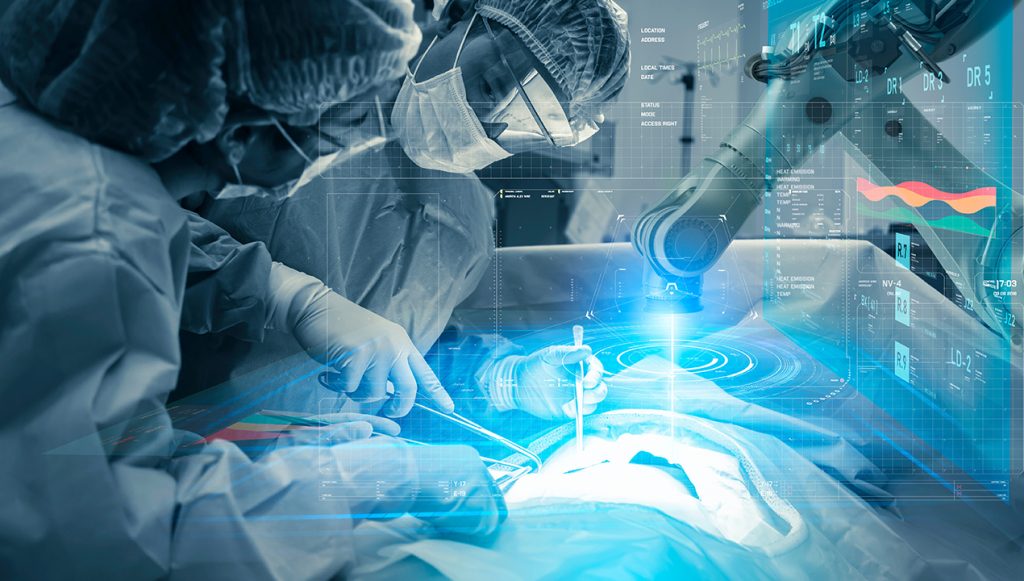
The future of robotics in surgery is both exciting and promising for healthcare professionals. The remarkable precision, accuracy and minimally invasive nature of robotic systems are revolutionizing patient care and expanding the horizons of medical practice. Despite the challenges, the numerous opportunities and advantages that robotics offer in the field of surgery make it a captivating frontier for physicians.
At MDForLives, we understand the pivotal role healthcare professionals play in shaping the future of medicine. Our platform offers medical experts opportunities to engage in paid surveys and research. Your insights drive innovation and improvements across healthcare, aligning with the transformative potential of robotic surgery.
Join us to make a meaningful impact as well as earn exciting rewards!
References:
- Trends in the Adoption of Robotic Surgery for Common Surgical Procedures
Source: ncbi.nlm.nih.gov - World first for robot eye operation
Source: ox.ac.uk - This sight-saving R2D2 robot wants to stick a tiny knife in your eye
Source: wired.co.uk

MDForLives is a vibrant community of healthcare professionals and patients dedicated to shaping the future of healthcare. We provide valuable global insights to healthcare companies through online surveys, interviews, and discussion forums.

